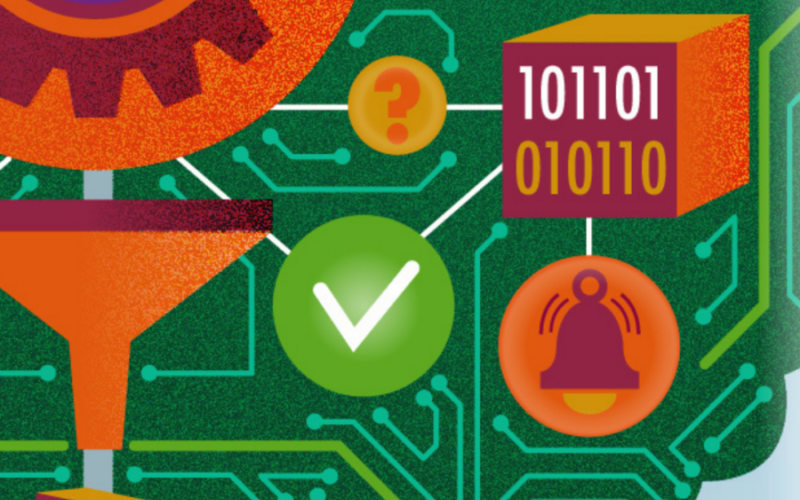Latest
Check out our latest insights, news and events


Loading
Internet Explorer 11 (IE11) is not supported. For the best experience please open using Chrome, Firefox, Safari or MS Edge
Check out our latest insights, news and events

